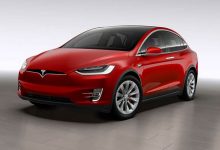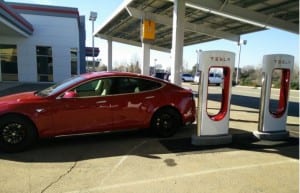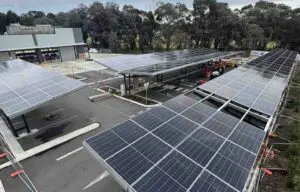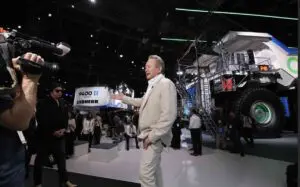Among the biggest news in the business world in Australia late last week was the proposed “mega-merger” of AP Eagers and Automotive Holdings Group to create by far the biggest car dealership in the country.
It’s a deal worth around $2 billion, and is going to make some people a lot of money. But you had to dig deep into the documents to find any reference to the clear and present dangers that exist to their existing business model, namely the arrival of electric vehicles, automation and shared ownership.
There was no reference to EVs in any of the media reports on the merger which, in the great tradition of modern Australian business journalism, was all golly gosh about a proposed merger likely to deliver huge fees to the bankers behind it and job losses elsewhere (the merger document cutely describes this as “redefining the workforce”, but it hasn’t yet “quantified” the “synergies”).
But it’s the lack of any reference to the electric vehicles and automation that sticks out as the threat that dare not be spoken.
Electric vehicles get a cursory single mention in the media release and in the presentation to investors and analysts, and readers need to go all the way to page 74 of the 119-page bidder’s statement for a one page alert to the potential risks to the business. i.e.the threat to their sales channel and the profits they get from maintenance.
“The growth of electric and hybrid vehicles may reduce considerably the requirements for servicing (as they have fewer parts) and the timing for servicing (as they are likely to need servicing less frequently),” it notes.
- There is no other context provided. Investors might need to be aware of the forecast transition to electric vehicles, analyst assumptions that price parity might be reached within five years, which will deliver an abrupt about-face in consumer choice.
Car sharing, it notes, will allow consumers to use a car without buying and maintaining their own motor vehicle, provide consumers with increased choice in their personal mobility options.
“The effect of these and similar mobility options on the retail automotive industry is uncertain, and may include lower levels of new vehicles sales, but with increasing miles driven, which could require additional demand for vehicle maintenance.”
- It says, hopefully, that timing of availability of driverless vehicles is uncertain due to regulatory requirements, additional technological requirements and uncertain consumer acceptance of these vehicles, but it will likely affect the cost of vehicles, new and used, and the role of franchised dealers.
Quite why the merger documents do not drill further into this possibility, given the forecasts of price parity for EVs, the stated intention by virtually all car manufacturers to shift to EVs, and the huge investment in automated driving is a surprise, not to mention the decisions by governments across the world to ban sales of new petrol and diesel cars within a decade or two,
Even Australia’s NRMA thinks that target should be put in place in Australia by 2025, or 2030 at the latest, and the head of the motor trades association admits that there is no sustainable future in petrol and diesel cars.
Petrol and diesel passenger car sales are already slumping badly, and many think this is not just because of the housing crisis and credit squeeze. Many consumers are hanging on to their ageing fossil fuel cars while they wait for an EV they are prepared to pay for, despite the prime minister’s warning that this will be the end of Australian weekends.
 Interestingly, both companies have canvassed the impact of EVs in recent presentations, if not in great detail. AP Eagers made note in an investor presentation just a few days earlier of the significant decisions by nearly all the world’s major manufacturers to turn to EVC production.
Interestingly, both companies have canvassed the impact of EVs in recent presentations, if not in great detail. AP Eagers made note in an investor presentation just a few days earlier of the significant decisions by nearly all the world’s major manufacturers to turn to EVC production.
But it also produced a nice graph that suggested the transition was further down the track, using two-year-old data. And late last year, at its annual meeting, AHG director Andrew Hall said she was confident of a role in whatever future held for the company.
“Whether it is electric vehicles, hydrogen fuel cell vehicles, ride‐share vehicles or autonomous vehicles, manufacturers will need a distribution channel to deliver those vehicles and to maintain and repair them.”
And that was it.
Let’s hope that Australia is not going down the path of the conservative side of politics – in denial of what is happening around them – or, heaven forbid, even leading them to that fallacy.
To read more news and analysis about electric vehicles, go to our EV-focused website The Driven, and also check out its FAQs.










